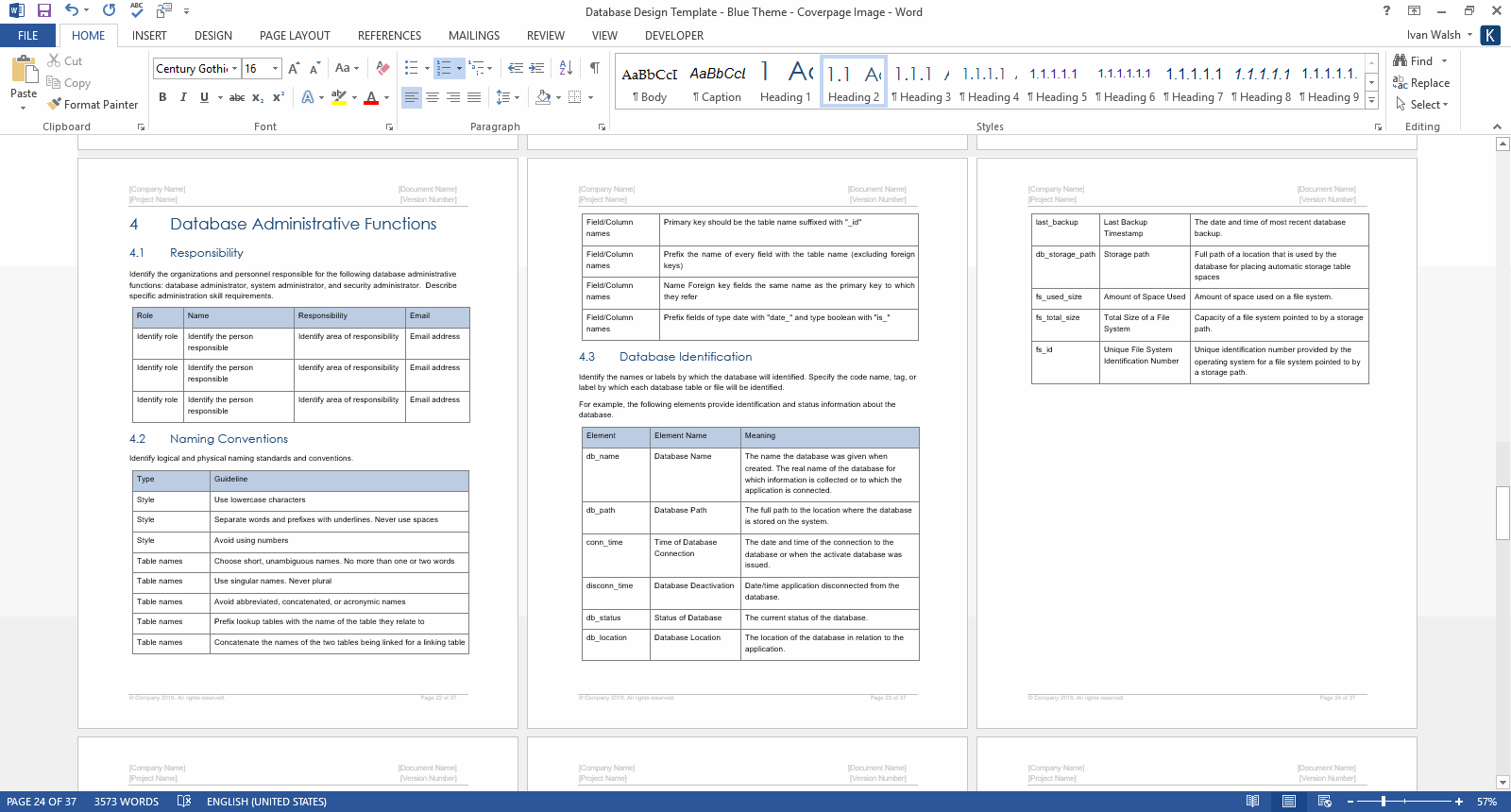

To make all columns the same width, click.To adjust the column width, click the up and down arrows within the "Width" field.Highlight multiple cells to adjust more than 1 row. To adjust the row height, click the up and down arrows within the "Height" field.To keep Word from automatically adjusting your column size, click > select "Fixed Column Width.".

#Word for mac user defined table style auto format update
Press F9 to update the field information.Type " seq NumList" (without the quote marks).Make sure the insertion point stays between the braces. For instance, this would be in the caption for the table or figure. Position the insertion point where you want the sequential number to appear.As an example of how you can do this, follow these steps: When you use the sequence field, and then combine it with the AutoText capabilities of Word, you have a powerful combination for creating numbered lists in your documents. If you want additional information on how it can be used, you should refer to the on-line help for the SEQ field. You should understand that the sequence field can be much more powerful than implied in this tip. The identifiers you use are entirely up to you. For instance, one numbered sequence could use an identifier of MajorNum1, and another use an identifier of MajorNum2. Thus, you could have several sequences in a single document. In this format, ident is replaced with a unique identifier for the sequence in question. For the purposes of this tip, the format of the sequence field is as follows: (A broken numbered list is one in which the flow of the list is interrupted by paragraphs of a different format.) This approach to creating numbered lists is particularly helpful and much less prone to the problems inherent in Word's built-in list numbering. You can even use the SEQ field to help create broken numbered lists. Word includes a special sequencing field that you can use to do all sorts of numbering.


 0 kommentar(er)
0 kommentar(er)
